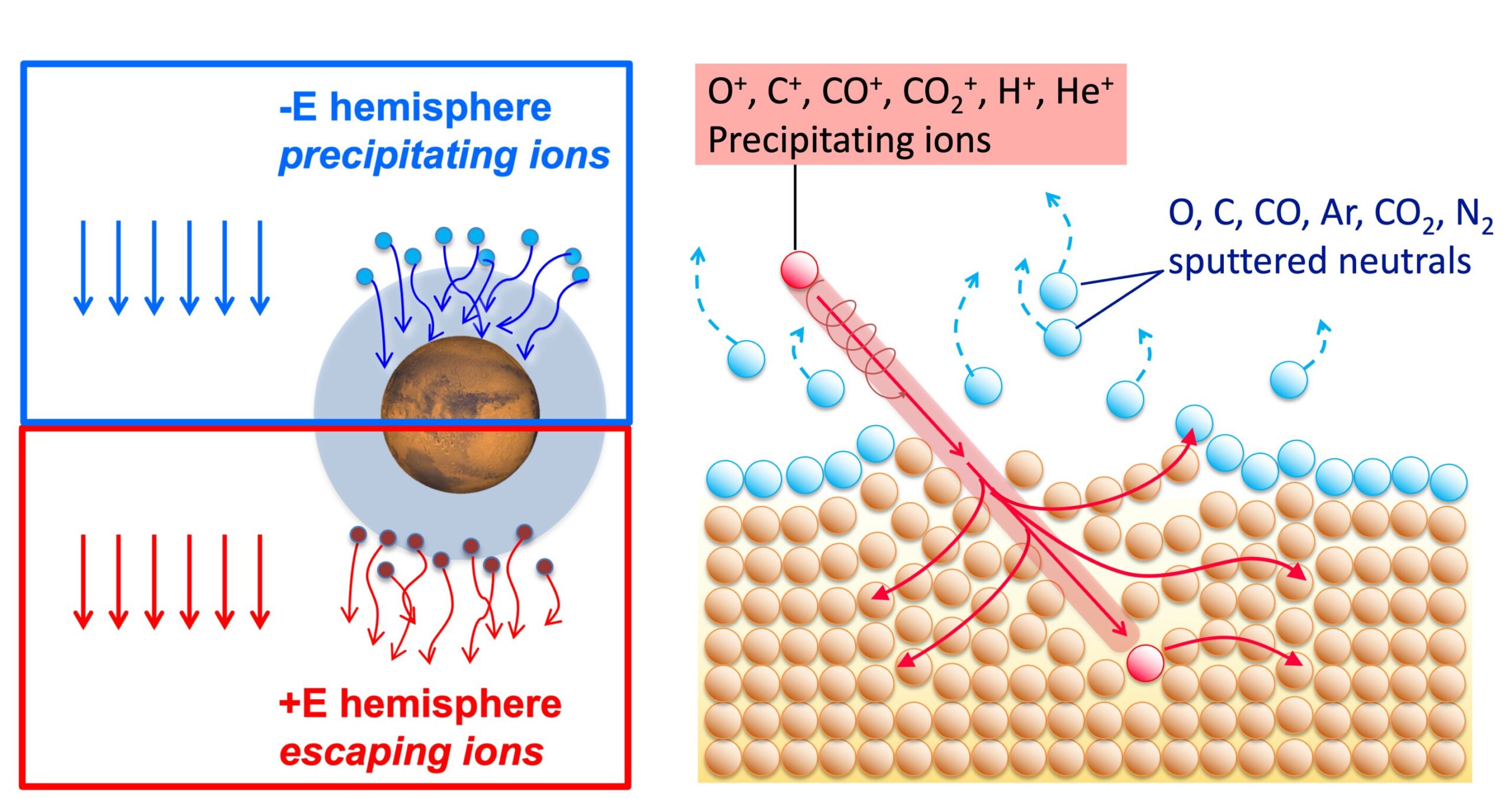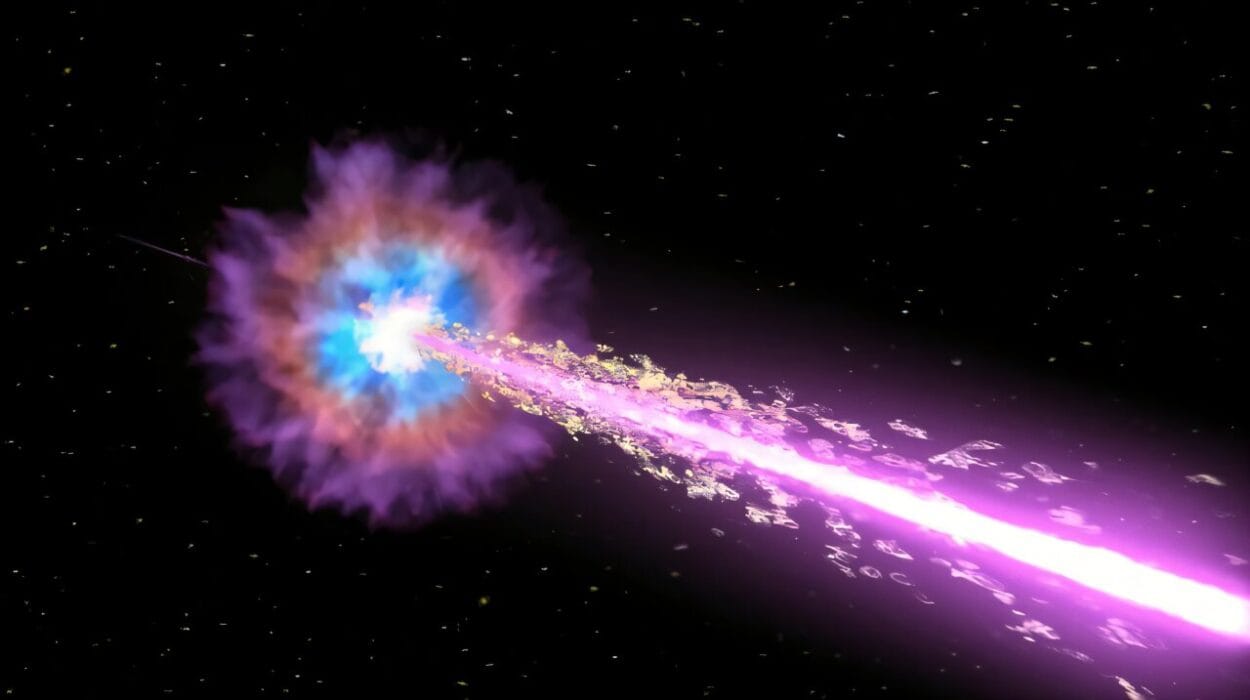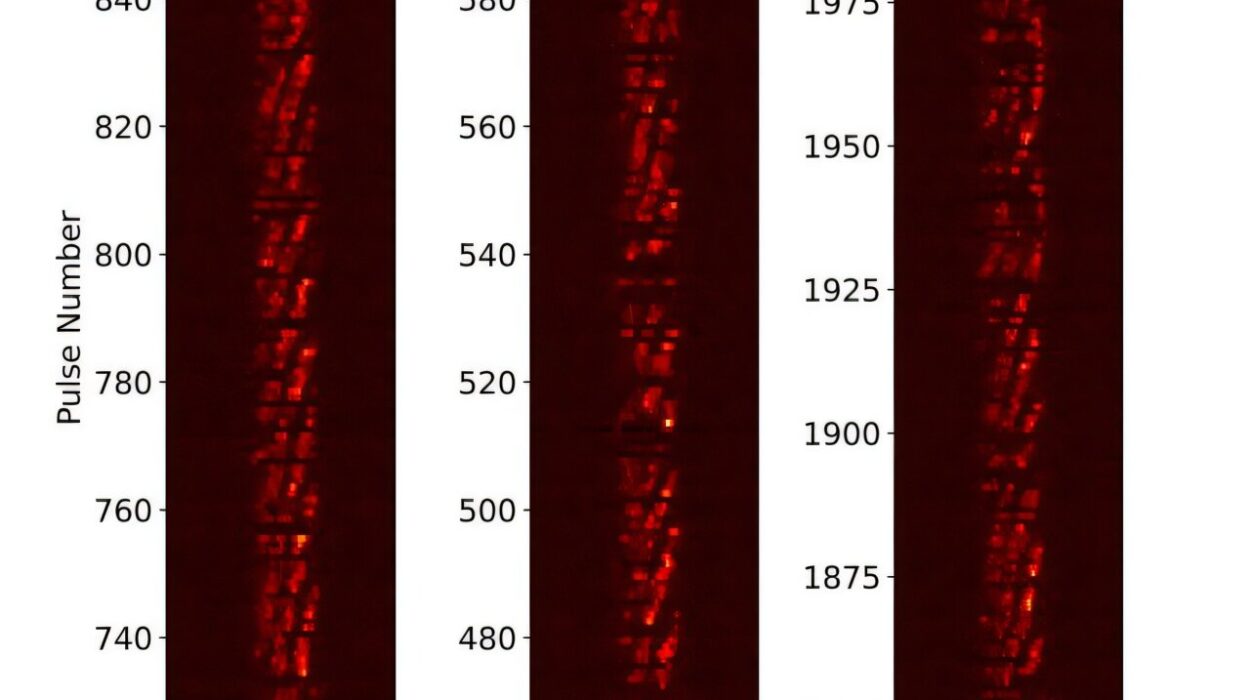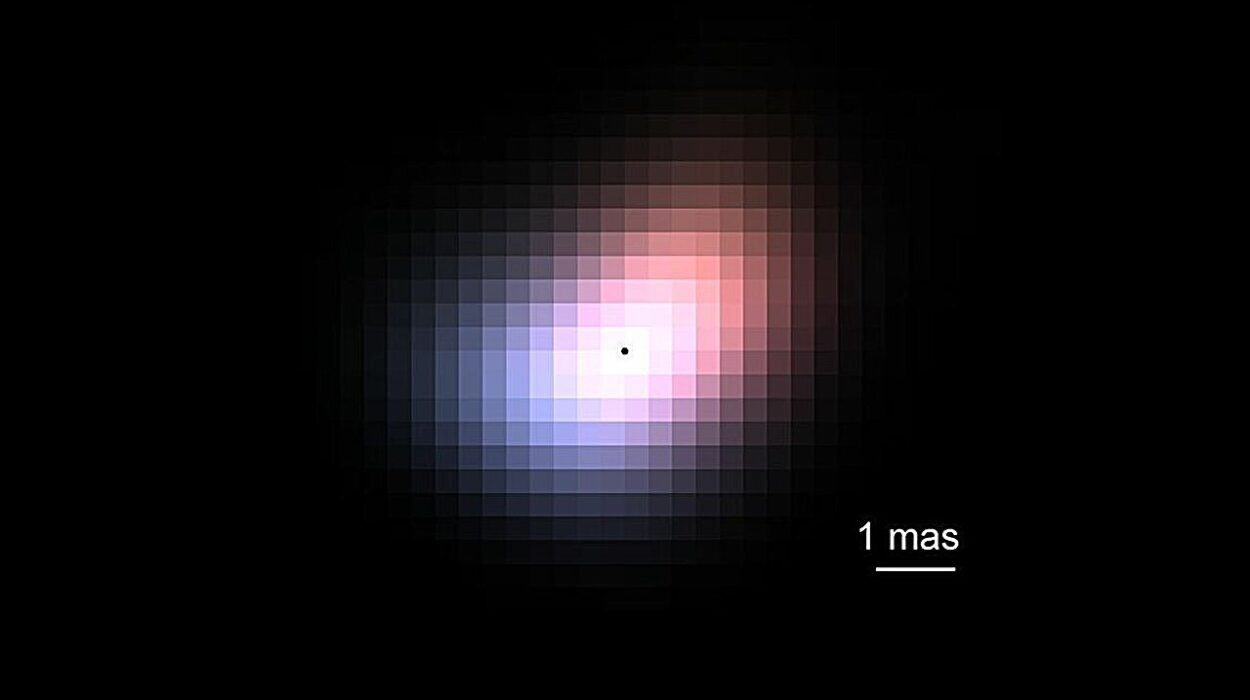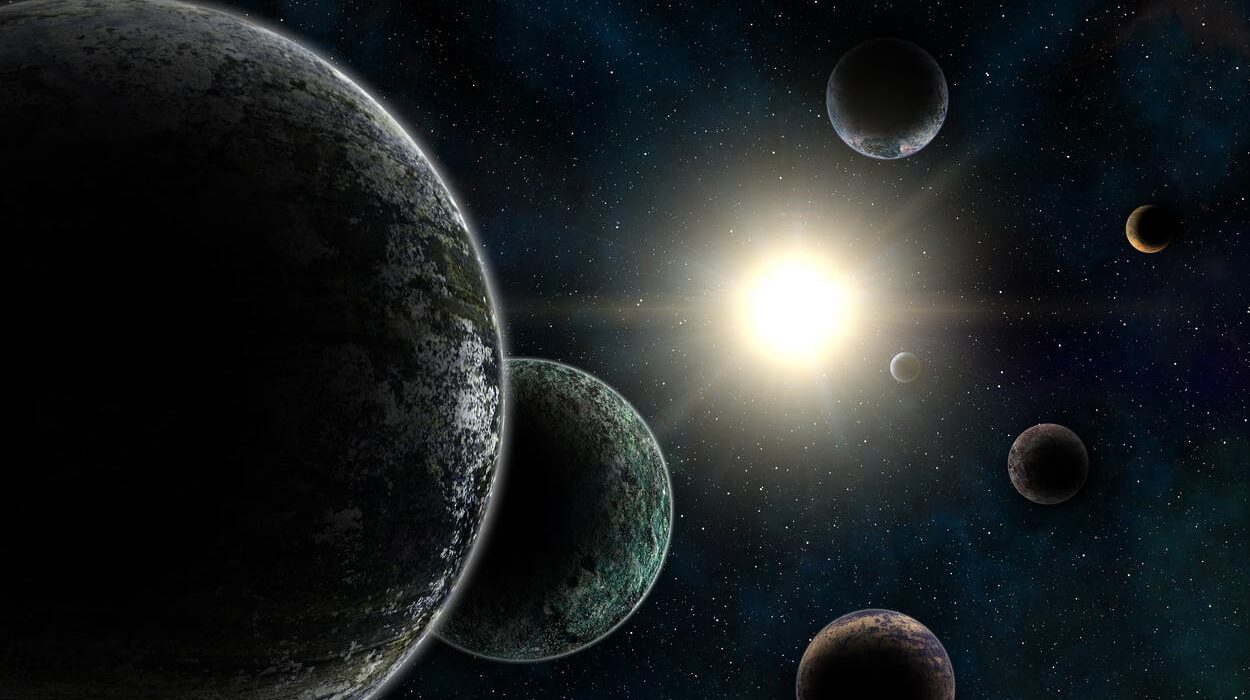Far above the rust-red plains of Mars, invisible to the eye but deadly in consequence, a slow and ghostly escape is taking place. The Red Planet’s atmosphere is leaking—still, silently, and persistently. Scientists have long suspected that a process known as atmospheric sputtering played a central role in transforming Mars from a once-wet, potentially habitable world into the frozen desert we see today. Now, in a groundbreaking discovery, a small but powerful team of planetary scientists and astrophysicists has made the first direct detection of this elusive process in real-time.
In a paper published in Science Advances, researchers from several institutions in the United States and France detail how they used nearly a decade of satellite observations—anchored by NASA’s MAVEN (Mars Atmosphere and Volatile EvolutioN) mission—to capture this interplanetary erosion in action. Their target: argon, an inert gas and unlikely hero in the quest to understand Mars’ lost past.
Atmospheric Sputtering: Mars’ Invisible Undoing
At the heart of this discovery lies an elegant but devastating process. Atmospheric sputtering occurs when energetic ions from the solar wind—a stream of charged particles constantly blasting out from the Sun—slam into the upper atmosphere of a planet. In the absence of a global magnetic field to deflect them, these ions act like microscopic bullets, knocking lighter atmospheric atoms and molecules into space. Over billions of years, this process can slowly strip a planet of its atmosphere, altering its climate, chemistry, and capacity to support life.
Earth, with its strong magnetic shield, is largely protected from this fate. But Mars, which lost its magnetic field billions of years ago, is naked to the solar wind’s relentless assault. Scientists have long theorized that atmospheric sputtering played a crucial role in Mars’ climatic downfall, helping to explain why this once potentially Earth-like planet lost the majority of its atmosphere—and with it, most of its surface water.
Until now, however, that theory had remained just that: a theory. Evidence was indirect, based on models and circumstantial data. But thanks to MAVEN and a clever analysis of argon isotopes, that has changed.
Nine Years of Orbit, One Moment of Truth
The MAVEN spacecraft has been circling Mars since 2014, equipped with instruments designed to probe the Martian atmosphere and its interaction with the solar wind. Over its 11-year journey (so far), MAVEN has returned a treasure trove of data about the planet’s upper atmosphere, ionosphere, and solar interactions.
The research team, pulling from nine years of MAVEN data, focused their attention on argon, a noble gas that doesn’t react chemically and is therefore an excellent tracer of physical atmospheric processes. Specifically, they examined argon isotopes—atoms of the same element with different masses—to detect changes in concentration across varying altitudes.
Their analysis revealed something extraordinary: at about 350 kilometers above the Martian surface, argon densities fluctuated depending on solar wind activity and the orientation of Mars in relation to the Sun. In contrast, lower in the atmosphere, the densities remained stable.
This uneven distribution turned out to be the smoking gun for atmospheric sputtering. The data showed that lighter isotopes of argon were preferentially being lost to space—carried away by the solar wind—while heavier isotopes accumulated at higher altitudes. This isotope fractionation is a classic hallmark of sputtering: lighter atoms are more easily knocked away, leaving the heavyweights behind.
A Solar Storm Confirms the Leak
Further proof came from a fortuitous celestial event: a solar storm. When intense solar activity sent a burst of energetic particles toward Mars, the MAVEN instruments recorded a sharp increase in the rate of argon isotope separation. It was as if someone had turned up the sputtering dial.
The effects were unambiguous. The storm enhanced the difference in argon densities, temporarily increasing the rate at which atmospheric particles were being ejected into space. For scientists, this was not only thrilling confirmation of their hypothesis but a real-time window into how dramatic space weather can impact planetary evolution.
Mars’ Ancient Climate Story Etched in the Wind
This discovery holds immense implications for our understanding of Mars’ history. It bolsters the long-standing idea that Mars lost its atmosphere gradually, via sputtering, after its magnetic field collapsed roughly 4 billion years ago. Without a magnetic shield, the Martian atmosphere became vulnerable to stripping, especially during the Sun’s more volatile youth, when it emitted far more ultraviolet light and solar wind particles than it does today.
The result? The slow, unrelenting erosion of Mars’ thick early atmosphere, which once supported rivers, lakes, and maybe even oceans. Water molecules, broken apart by solar UV radiation, had their lighter hydrogen atoms swept away, leaving oxygen behind to oxidize the surface into the red dust we see today. Carbon dioxide, a key greenhouse gas, also fell victim to the Sun’s barrage, stripping Mars of the insulation it needed to maintain liquid water on the surface.
Over eons, these losses turned Mars from a potentially warm and wet planet into the frigid, arid world we see now—a place where liquid water can no longer exist at the surface without quickly boiling or freezing away.
Why Argon Matters More Than You Think
You might wonder: why focus on argon, a noble gas that doesn’t participate in the planet’s weather or chemistry? That’s precisely the point. Because argon doesn’t form compounds or condense into solids or liquids, any change in its distribution or isotope ratios must result from physical processes—not chemical reactions. It’s a kind of atmospheric control variable.
In this case, the differing ratios of argon-36 (lighter) and argon-38 (heavier) at various altitudes provided the telltale signature of a non-thermal escape mechanism—one that doesn’t require heating the gas but instead relies on high-energy impacts, such as those delivered by the solar wind.
By using argon as a stable marker, scientists were able to exclude other possible explanations and zero in on atmospheric sputtering as the primary culprit.
The MAVEN Mission: Still Orbiting, Still Unveiling
As MAVEN continues to orbit Mars, it remains one of NASA’s most valuable assets for understanding how planets interact with their star. The spacecraft’s sensitive instruments track solar wind conditions, magnetic field dynamics, and the escape of atmospheric particles in unprecedented detail.
MAVEN’s data has not only confirmed the reality of atmospheric sputtering on Mars but also helped refine models of how solar and atmospheric processes interact. These models are crucial for interpreting other planetary environments—both in our solar system and beyond.
Similar sputtering processes may be occurring (or have occurred) on Venus, Mercury, or even some exoplanets orbiting close to their stars. The detection on Mars helps validate sputtering models, providing a real-world laboratory that can be used to understand the fates of distant alien worlds.
A Martian Tragedy, A Planetary Lesson
At a deeper level, this discovery taps into one of the most profound questions in planetary science: What makes a world habitable? And just as importantly, what makes it lose that habitability?
Mars’ transition from a potentially life-supporting world to the desolate environment we see today is a cautionary tale written in particles and plasma. Its loss of atmosphere, now proven to be partly due to sputtering, shows how fragile a planet’s climate system can be when it’s not adequately shielded from stellar forces.
For Earth, it’s a reminder of just how vital our own magnetic field is. It has preserved our atmosphere, climate, and biosphere over billions of years. If that shield were to collapse, Earth could one day face a fate not unlike Mars’.
Looking Forward: Can We Reverse Mars’ Fate?
As humanity edges closer to becoming an interplanetary species, understanding Mars’ atmospheric history isn’t just an academic exercise—it’s a blueprint for survival. If we ever hope to terraform Mars or sustain long-term colonies there, we’ll need to grapple with the very process that made it hostile in the first place.
Could we someday reignite Mars’ magnetic field? Or build artificial magnetic shields to protect its atmosphere from further loss? These questions are still in the realm of science fiction, but discoveries like this bring us a step closer to turning fiction into feasible engineering challenges.
What’s clear is that Mars isn’t a dead world—it’s still evolving. Its atmosphere is still changing. And thanks to MAVEN and the scientists behind this new study, we now have direct proof that this ancient process of erosion is not only active but measurable.
The Red Planet’s Silent Breath
In the end, Mars is still exhaling into space, particle by particle, breath by breath. And we are finally listening closely enough to hear it. The discovery of ongoing atmospheric sputtering is not just a technical milestone—it’s a new chapter in our understanding of planetary life cycles, climate transformation, and the quiet violence of cosmic weather.
One hundred years from now, future explorers may walk beneath a dome on the Martian surface, protected from solar wind by technologies yet to be invented. But even then, they’ll owe a debt to the tiny spacecraft circling overhead and the scientists back on Earth who first decoded the whispering winds of a planet that once had oceans—and may, one day, have them again.
Reference: Shannon M. Curry et al, First direct observations of atmospheric sputtering at Mars, Science Advances (2025). DOI: 10.1126/sciadv.adt1538
